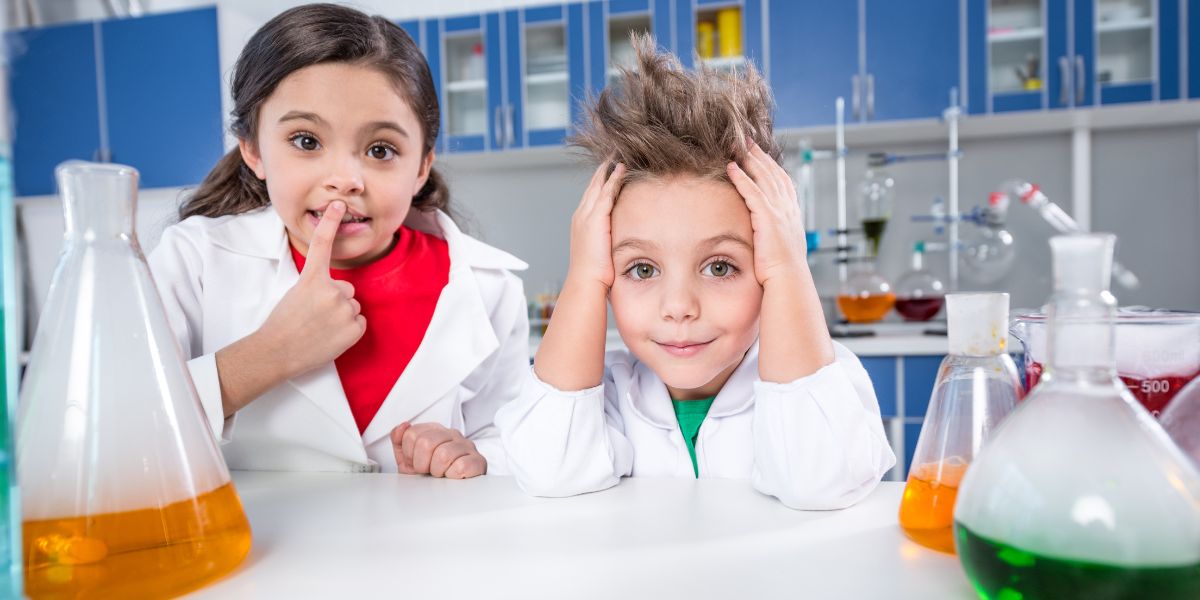
When it comes to safely handling chemicals in a school lab, your top priority should always be the well-being of everyone in the environment. Ensuring that you have the proper protective gear on is just the beginning. But what else should you consider to maintain a secure lab setting and prevent any potential mishaps? Stay tuned to discover some crucial steps and guidelines that will help you navigate the world of chemical safety in a school lab effectively.
Importance of Chemical Safety in Labs
Understanding the importance of chemical safety in labs is crucial for all students and teachers working with hazardous substances. When handling chemicals, your safety and the safety of those around you should be the top priority. Proper chemical safety protocols are essential to prevent accidents, injuries, and exposure to harmful substances. By following established safety guidelines, you can minimize risks and create a secure environment for conducting experiments and practical work in the lab.
Chemical safety involves being aware of the potential hazards associated with different substances, understanding how to handle them safely, and knowing what to do in case of an emergency. It's important to always wear appropriate personal protective equipment, such as gloves, goggles, and lab coats, when working with chemicals. Additionally, proper labeling, storage, and disposal of chemicals are key aspects of maintaining a safe laboratory environment.
Guidelines for Chemical Handling
When handling chemicals in a school lab, prioritize safety by following specific guidelines to ensure a secure environment for all experiments and practical work.
Always wear appropriate personal protective equipment (PPE) such as gloves, goggles, and lab coats when working with chemicals.
Before starting any experiment, carefully read and understand the chemical's Safety Data Sheet (SDS) to know its properties, hazards, and safe handling procedures.
Never mix chemicals unless the experiment specifically requires it, and always follow the correct procedures for dilution or mixing.
When dispensing chemicals, use the proper tools like pipettes or burettes to measure accurately.
Ensure good ventilation in the lab to prevent the buildup of fumes and vapors that could be harmful.
In case of spills, clean them up immediately following the lab's spill response protocol.
Lastly, always dispose of chemicals properly according to the lab's waste management guidelines to prevent environmental contamination and potential hazards.
Proper Storage and Labeling Techniques
To maintain a safe and organized school lab environment, it's crucial to implement proper storage and labeling techniques for all chemicals used in experiments. When storing chemicals, always ensure they're kept in clearly labeled containers indicating their contents, hazards, and any relevant safety information. Separate chemicals based on their compatibility to prevent any dangerous reactions. Store flammable liquids in a flammable liquids cabinet and acids in an acid cabinet to minimize risks. Make sure to keep chemicals away from heat sources, direct sunlight, and incompatible substances. Additionally, regularly inspect chemicals for signs of degradation or leakage and promptly address any issues.
Labeling is equally important. Use durable labels that won't easily peel off or fade. Include information such as the chemical name, concentration, date received, and expiration date if applicable. Proper labeling not only helps you identify chemicals accurately but also ensures that others working in the lab can do so safely. Remember, a well-organized and labeled storage system is key to preventing accidents and maintaining a secure lab environment.
Safe Chemical Disposal Procedures
Implement proper procedures for safely disposing of chemicals in the school lab environment to minimize risks and protect both individuals and the environment.
Begin by segregating chemicals based on their compatibility for disposal. Follow all federal, state, and local regulations regarding chemical waste management. Always wear appropriate personal protective equipment like gloves and goggles when handling and disposing of chemicals.
Make sure to use designated chemical waste containers and never dispose of chemicals in regular trash bins. Label waste containers clearly with the name of the chemical and the date it was added. Don't mix different chemicals together during disposal, as this could lead to dangerous reactions.
Keep a detailed inventory of all chemicals being disposed of and their quantities. Contact the appropriate waste disposal facility to arrange for the proper disposal of hazardous chemicals. Remember, proper chemical disposal is crucial in maintaining a safe and environmentally friendly school lab.




